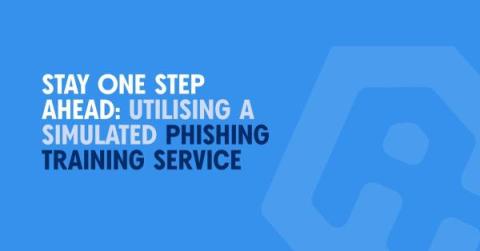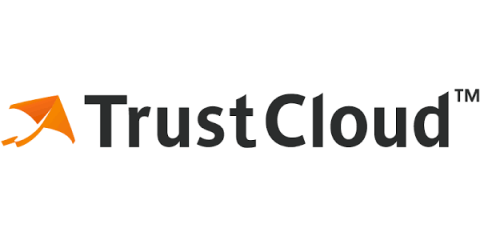Cyber Security Awareness Training for Employees
Every day, businesses grapple with phishing attacks, data breaches, and other cyber threats that can cause significant damage. These potential risks underscore the need for cyber security awareness training for employees. Such training isn't about identifying the weakest link, but about fostering a security-conscious culture where all staff members are informed and confident.








